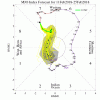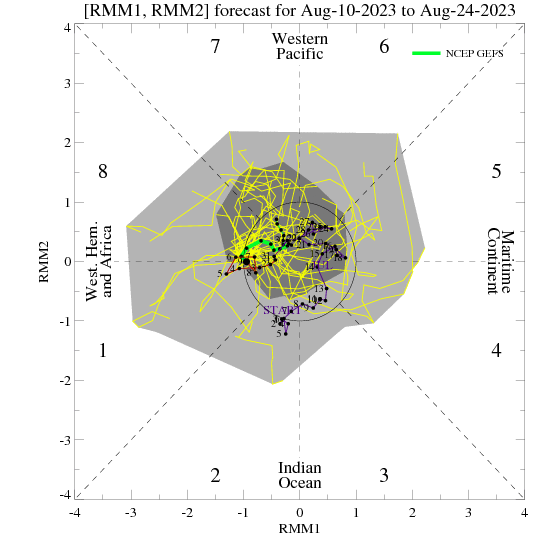Jon
Member
What am I missing? PV split?
View attachment 3958
View attachment 3959
...and I'm just asking a serious question ....
The PV split has nothing to do with the winter of 90-91, warm winter overall as the maps show, I was just giving an example of when to expect modeling to reflect the consequences of a PV split - which is Day 14 or so. 1991 was an analog I identified along with 1985, back on Jan 23rd long before Cohen wrote his blog posts identifying the exact same two years as analogs for this PV split. 1985 is more closely related as it was a weak La Niña and E QBO year. These analogs are preferred because of the irregularity in the splitting, which in both years and like the current PV split ongoing, leaves a large sister lobe over North America.
The PV split didn’t result in much in the way of snow, we actually didn’t do well in 1991, but it at least brought winter back even if it was short lived. Here’s a RDU chart:

Salt needed though, as no PV event is alike and the fact that we have two very different analogs should tell you something...we’re in uncharted territory and the truth is no one knows what late Feb holds, it’s a coin flip.
Sent from my iPhone using Tapatalk








